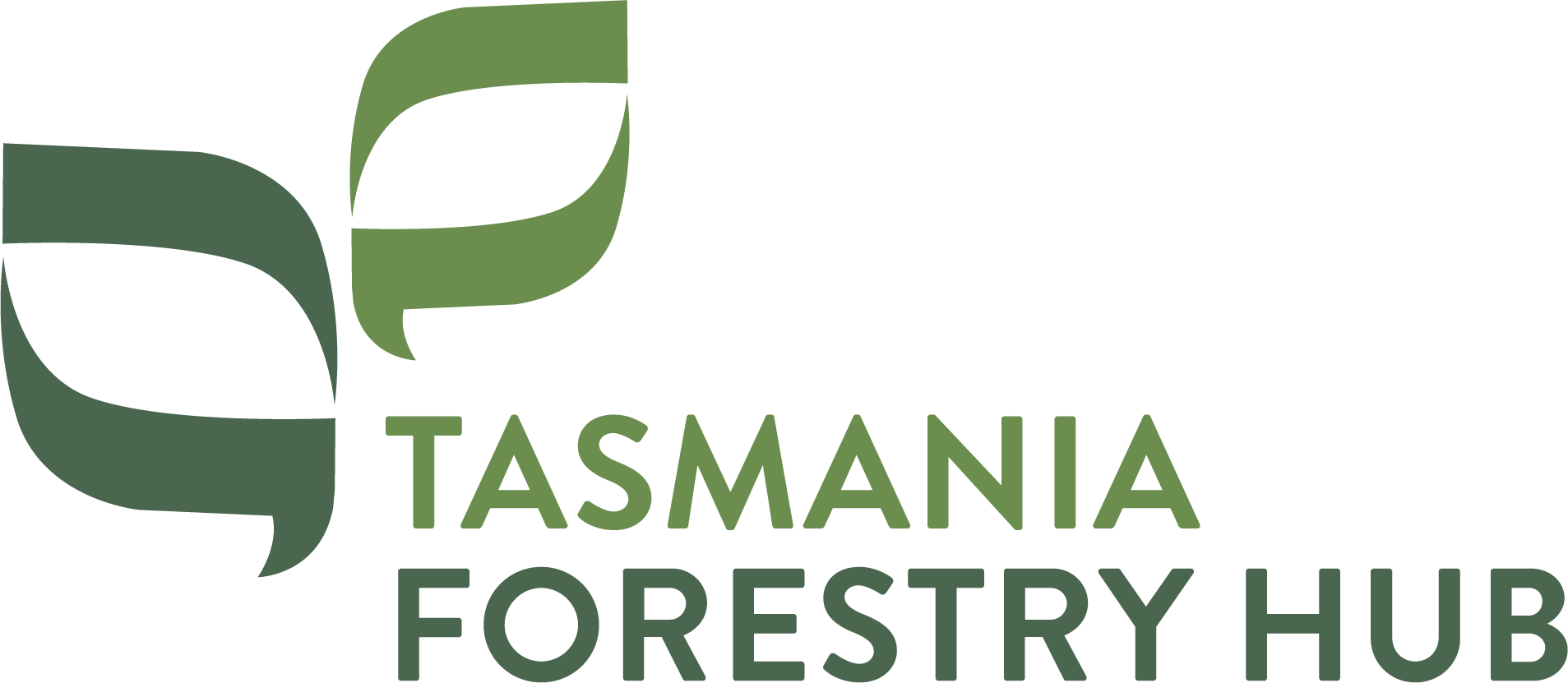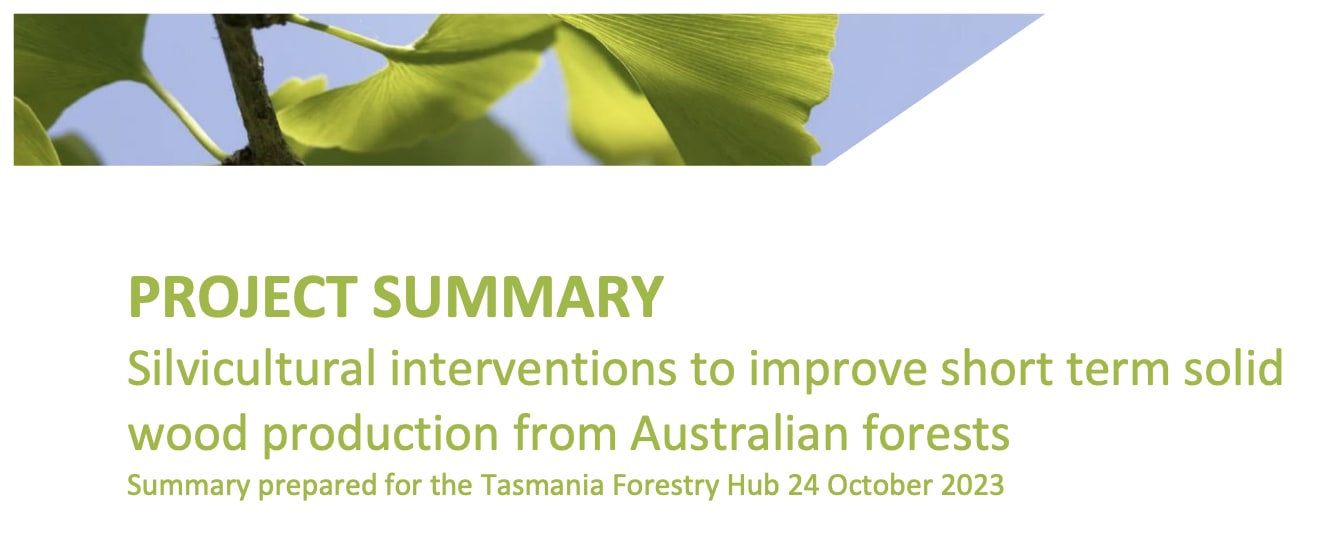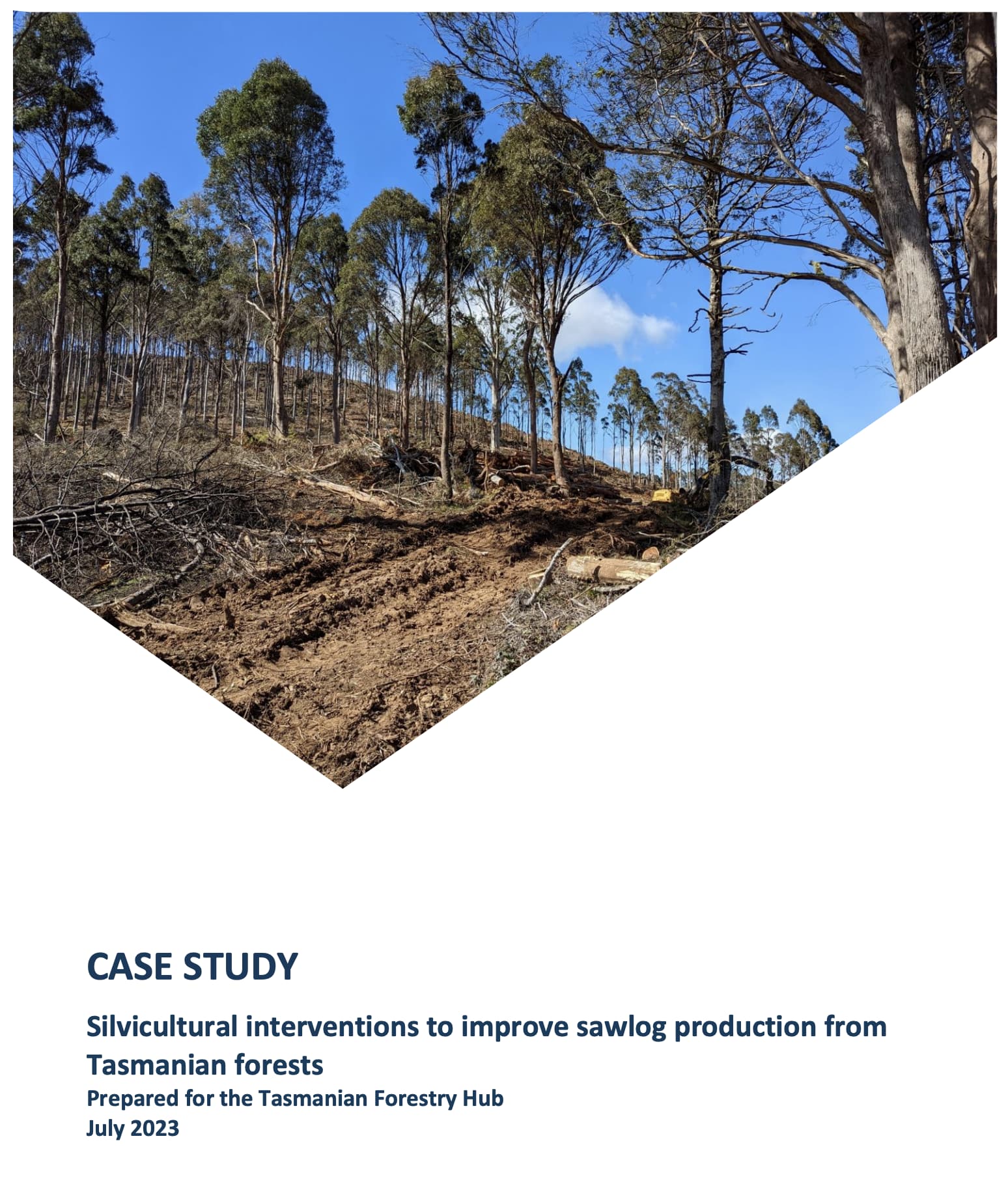
Resource + Land Access
The Hub Priority is to maintain and grow farm forestry to enhance and complement agricultural activities.
Plantation forestry currently comprises of 18 percent of Tasmania’s agricultural land availability. Whist this is higher than other states, and with limited opportunities for large-scale expansion, farm forestry has been identified as a major growth lever for Tasmanian Forestry.
Private Forests Tasmania (pft.tas.gov.au) is a government authority with a legislated role to facilitate and expand the sustainable development of Tasmania’s private forest resource in a manner which is consistent with sound forest and land management practices.
Hub Priority Projects
Current Projects
REPORT RELEASED 30 August 2024
A situation analysis of the Tasmanian Forest and Wood Products Sector
Tasmania’s forest and wood products sector is primed for growth and transformation, continuing its long legacy as a powerhouse of forest management and timber products innovation in Australia. To fully realise this potential and continue its significant contribution to Tasmania’s economy, the industry will need to work closely and collaboratively with policy and decision-makers at all levels of government and in complementary industries.
This situation analysis provides a starting point for that collaborative work. It presents an overview of the current state of play for the Tasmanian forest and wood products sector and details emerging opportunities and barriers. It considers a range of future potential scenarios and what they might mean for commercial and policy settings for the sector.
View the report here and a short video summary of the project by Pat Groenhout is available here.
Completed Projects
Access to Land and Land Use Policy for Plantation Forest Investment Assessment Report
Completed September 2020, this report provides a strategic assessment of the factors affecting forest growing and processing sectors in the context of land access and land use policy for Tasmania. Key priorities for the Hub were identified as:
- Maintaining and expanding the current plantation footprint to the extent that it is
economically, commercially and socially feasible. - Identifying and driving smaller scale expansion opportunities in the context of
both commercial and additional (environmental services and agricultural
productivity) benefits.
SUMMARY REPORT: Silvicultural interventions to improve short term solid wood production from Australian Forests
STAGE 1 REPORT: Building the case for supporting intervention to increase sawlog production from Australia’s forests
Completed in July 2023, the analysis undertaken for this report has demonstrated that there are opportunities for Government funded incentives to support short to medium actions which can deliver up to 650,000 cubic metres per year of additional sawlog production by the mid-2030s, which otherwise would not be commercially viable.
Proposed recommendations to support the silvicultural intervention programs outlined in this report include:
1. Emissions Reduction Fund rules:
a) Ensure that E. nitens and E.globulus are recognised as eligible long rotation species in Tasmania and Victoria.
b) Ensure that the additionality exclusion for government program funded projects is relaxed for long rotation conversion projects.
c) Ensure that actively managed regrowth native forests are eligible for ERF participation where additional and tangible forest and ecosystem health benefits can be demonstrated.
2. Long rotation plantation forestry fund:
Establish a dedicated long rotation conversion fund of up to $2.5 million annually for ten years, for eligible plantations with agreed criteria addressing species, productivity, scale and proximity to processing facilities and infrastructure.
3. Forest health restoration fund:
Establish a forest health restoration fund of up to $4 million annually for ten years to support active silvicultural management of regrowth native forests on private land where additional and tangible forest and ecosystem health benefits can be demonstrated and the activity would not be viable without financial support. Criteria for participation to be determined through the application of an appropriate natural capital accounting method and monitoring.
This paper is supported by a detailed case study for Tasmania detailed below.
CASE STUDY: Silvicultural interventions to improve sawlog production from Tasmanian forests
This Tasmanian case study has been prepared as a supplementary report for the project Building the case for intervention to support increased sawlog production from Australia’s forests. It supports the three recommendations above along with detailing a fourth recommendation of:
4. Specialty timbers silviculture fund:
Establish a specialty timbers silviculture fund of up to $600,000 over ten years, to support fast-tracking requisite silvicultural interventions for blackwood forests and to trial commercial thinning.





